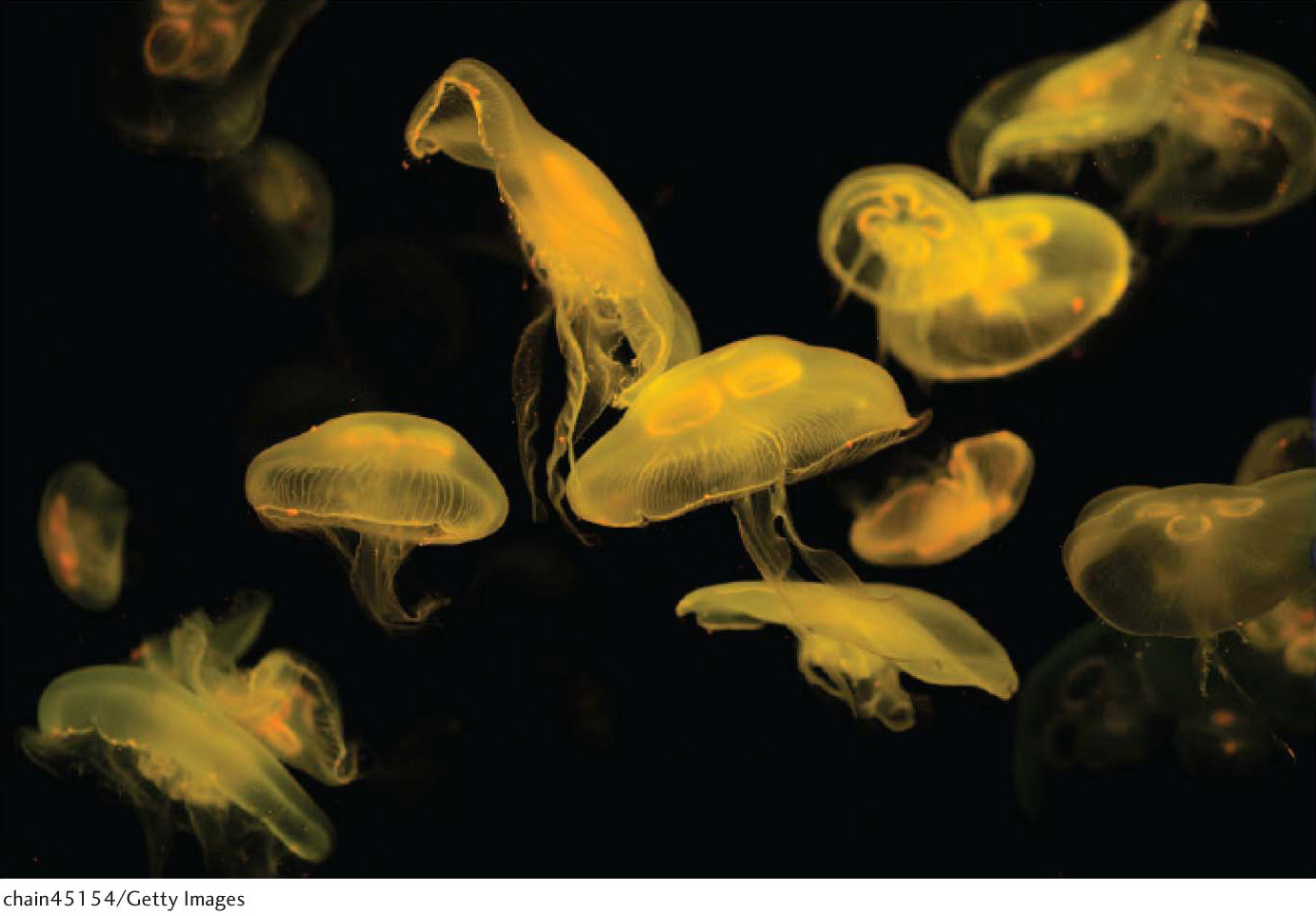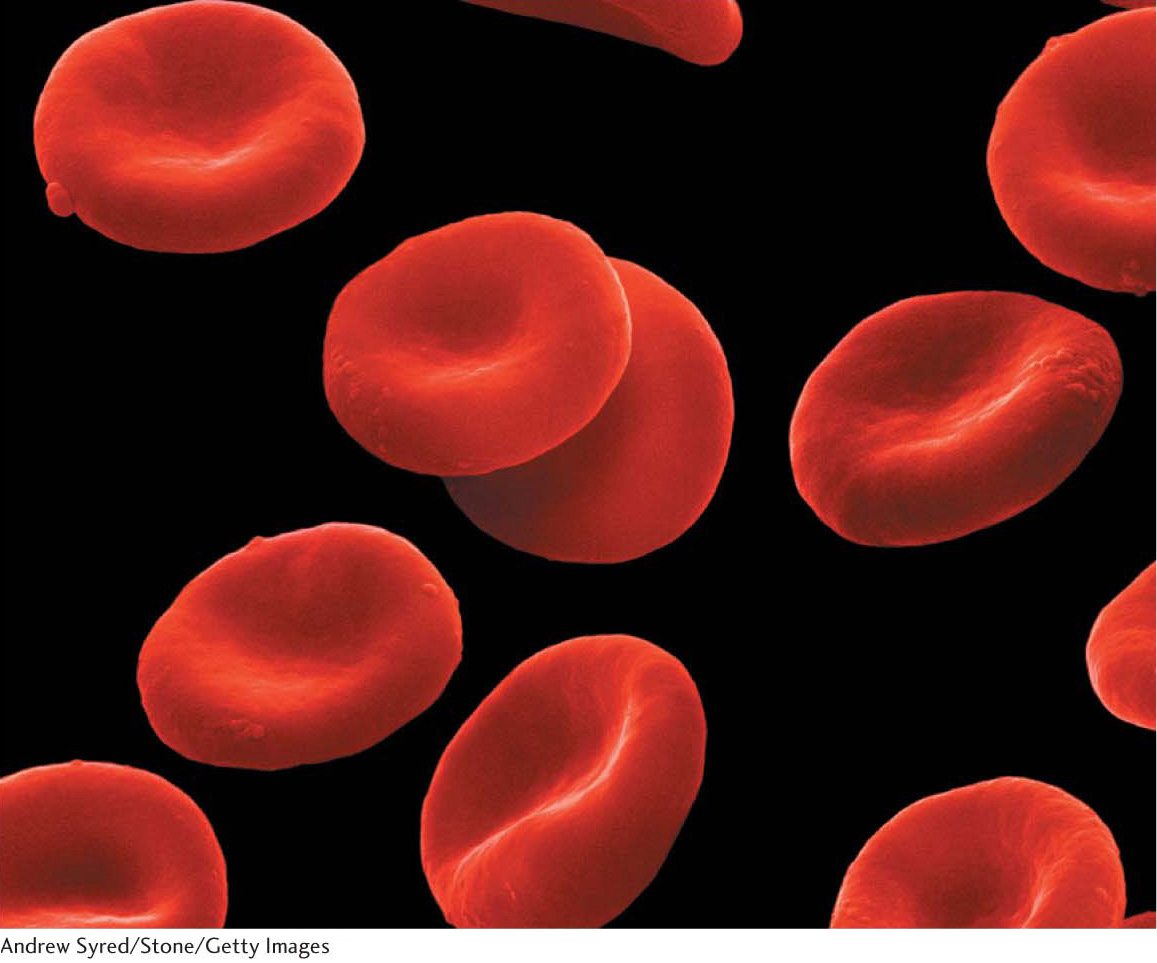
Basic Concepts and Kinetics of Enzymes





In Section 2, we considered the chemical workhorses of life—
Proteins as a class of macromolecules are well suited to be catalysts because of their capacity to form complex three-
Some enzymes are information sensors as well as catalysts. In addition to active sites, allosteric enzymes have distinct regulatory sites that bind to environmental signals. This binding modifies the activity of the active site.
We begin this section with a look at the basic properties of enzymes, with special emphasis on the energetics of enzyme-
✓ By the end of this section, you should be able to:
✓ 1 Describe the relations between the enzyme catalysis of a reaction, the thermodynamics of the reaction, and the formation of the transition state.
✓ 2 Explain the relation between the transition state and the active site of an enzyme, and list the characteristics of active sites.
✓ 3 Explain what reaction velocity is.
✓ 4 Explain how reaction velocity is determined and how reaction velocities are used to characterize enzyme activity.
✓ 5 Identify the key properties of allosteric proteins, and describe the structural basis for these properties.
✓ 6 List environmental factors that affect enzyme activity, and describe how these factors exert their effects on enzymes.
✓ 7 Explain how allosteric properties contribute to hemoglobin function.
✓ 8 Identify the key regulators of hemoglobin function.